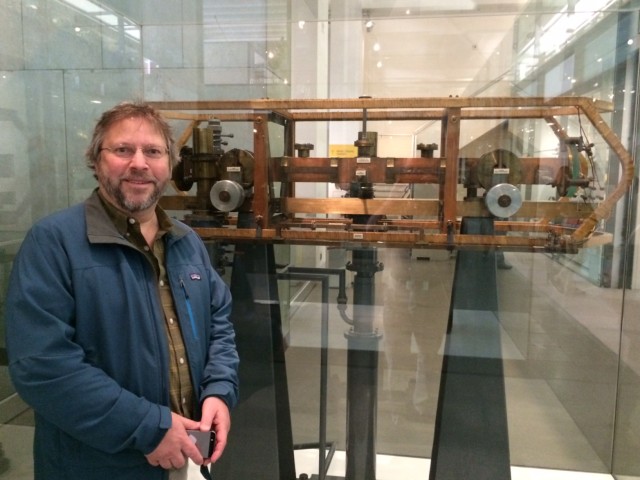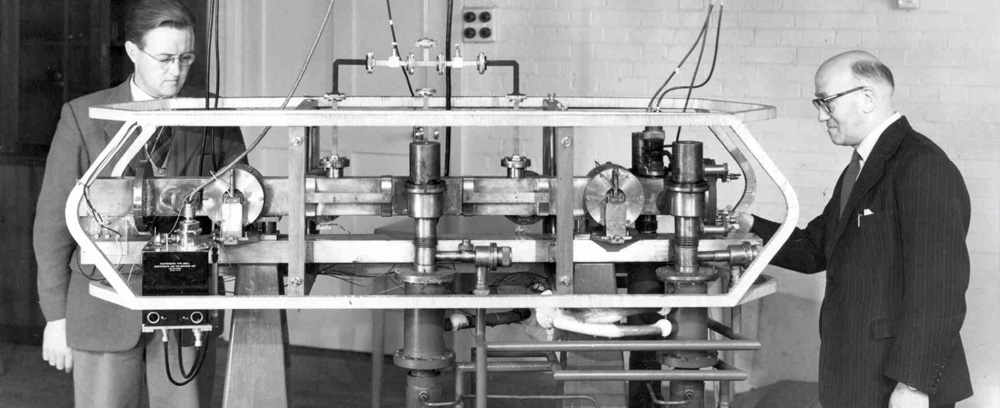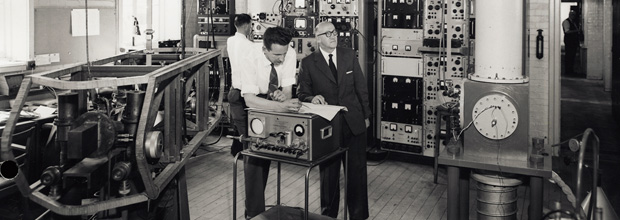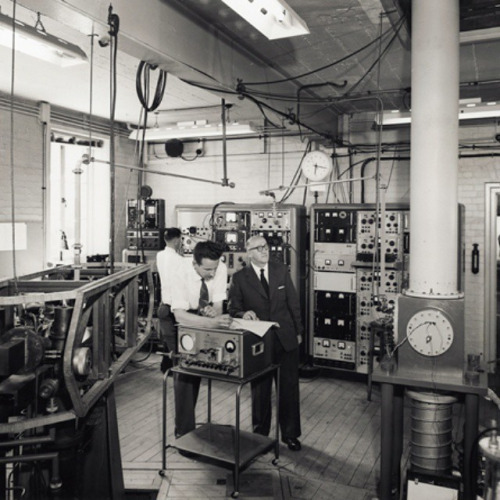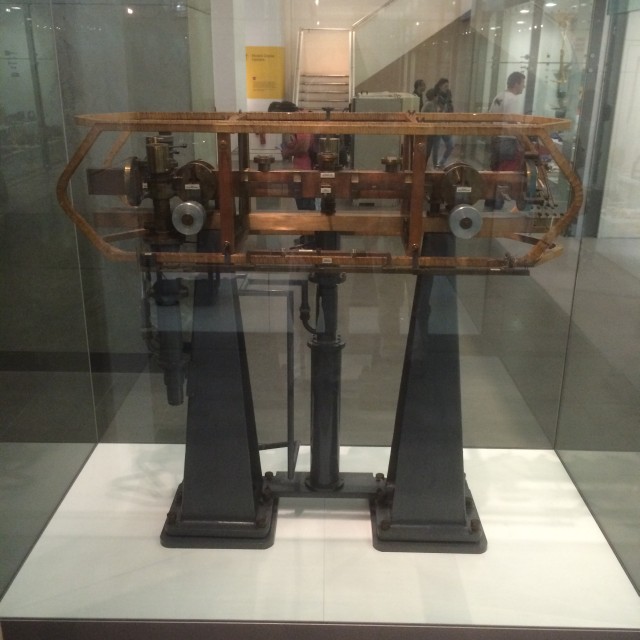
23-Sep-2015
The year 1955 was the beginning of the cesium atomic second – the SI standard unit of time, the magic 9,192,631,770 number, the ultimate definition of 1 s, s-1 and 1 Hz. It also sealed the death of the mechanical 1 meter pendulum second, the irregular astronomical earth second, and especially the irreproducible 1900 tropical year ephemeris second.
For centuries astronomers and navigators dreamed of a perfect clock but used imperfect stellar observations against imperfect chronometer ticks or pendulum tocks on an imperfectly rotating planet as the basis of their understanding the universe. Modern astronomers now bow to the atom and measure all celestial objects in terms of ultra-precise atomic timescales. The 1960 space-time decade transformed the Earth from being the trusted reference for all precise measurement to being a curious and complex object of precise measurement itself.
The London Science Museum has on display what's left of the original Louis Essen cesium (caesium) frequency standard. Pretty amazing. Everything you know about GMT, UT1, UTC, 1PPS, telecommunications, satellite TV, mobile phones, interplanetary spacecraft, GPS navigation, 50/60 Hz power grid synchronization, plate tectonics, fast and slow earthquakes, NTP, makefiles, precise Bay bidding, and yes, leap seconds – is due to the evolution of this unassuming contraption.

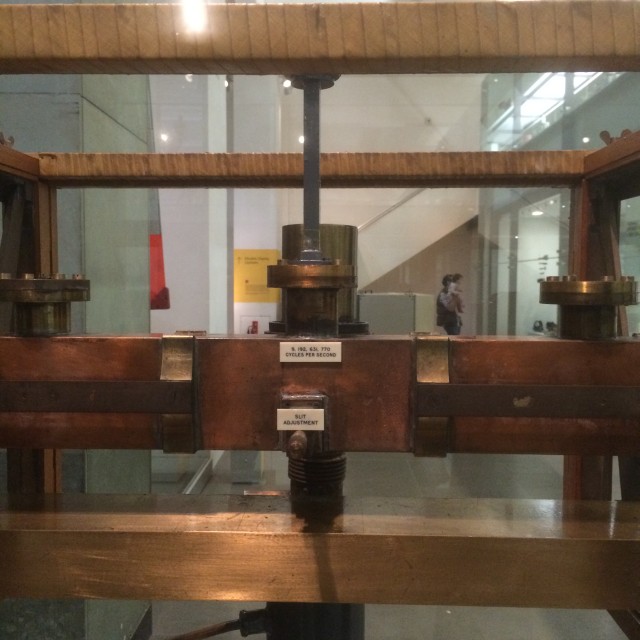
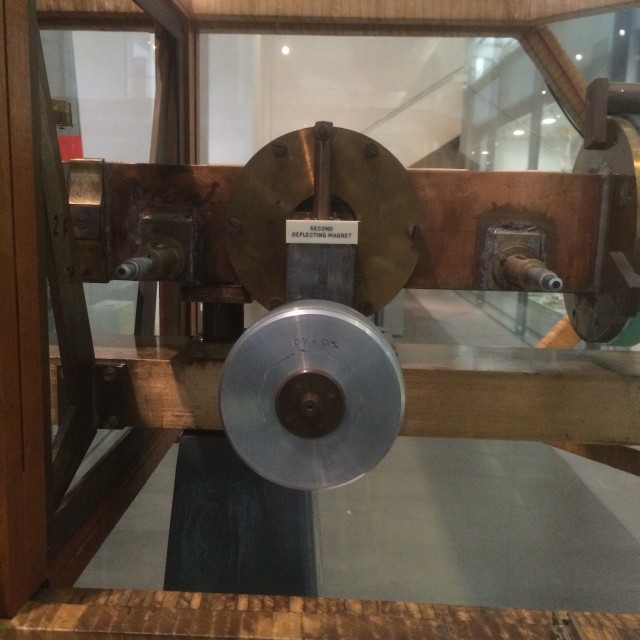
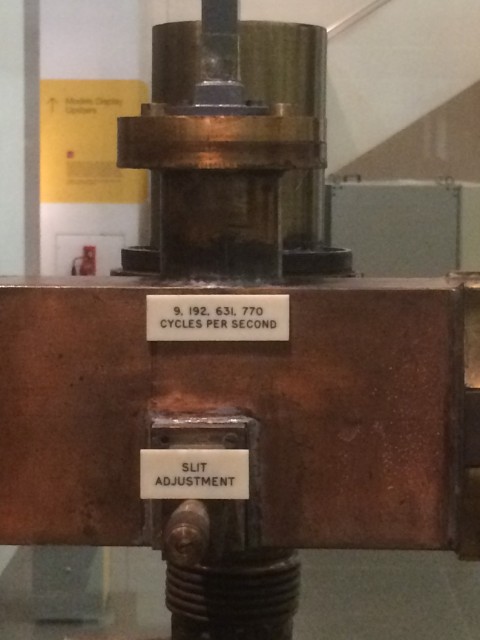
For scale and to show my respects for Louis Essen, the man who is "famous for a second":
